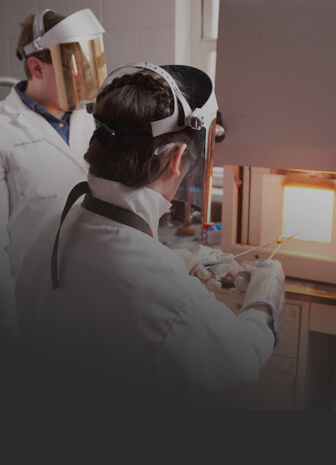Aluminum billet homogenization process refers to the use of a series of heating, heat preservation, cooling and other operations in the production and processing of aluminum rods to accelerate the grain growth and homogenization of the organizational structure inside the aluminum rod, thereby avoiding defects and non-uniformity inside the aluminum rod. Usually, the non-uniform aluminum rod material is heated at a certain temperature and then kept warm for a period of time, so that the original grain size inside the aluminum rod material gradually increases, and the internal distribution of the aluminum rod is uniform, thereby achieving a homogenization effect.

The aluminum rod homogenization process can greatly improve the mechanical and physical properties of the aluminum rod, such as tensile strength, yield strength, hardness, toughness and other performances. In addition, the internal structure of the aluminum rod obtained by the homogenization process is uniform and has few defects, providing better quality raw materials for the next extrusion process.
The process flow of aluminum rod homogenization is usually divided into three stages: heating, heat preservation, and cooling. First, the aluminum rod material is cleaned to remove dirt and oxide layer; then enter the heating stage, and heat the aluminum rod to a certain temperature, usually between 580℃; then keep warm to keep the temperature of the aluminum rod material within a certain range, so that the grain size inside the material gradually increases; finally, cool it down to keep the internal structure of the aluminum rod material uniform.
Standard Model:15T, 25T, 35T, 50T
Can be customized